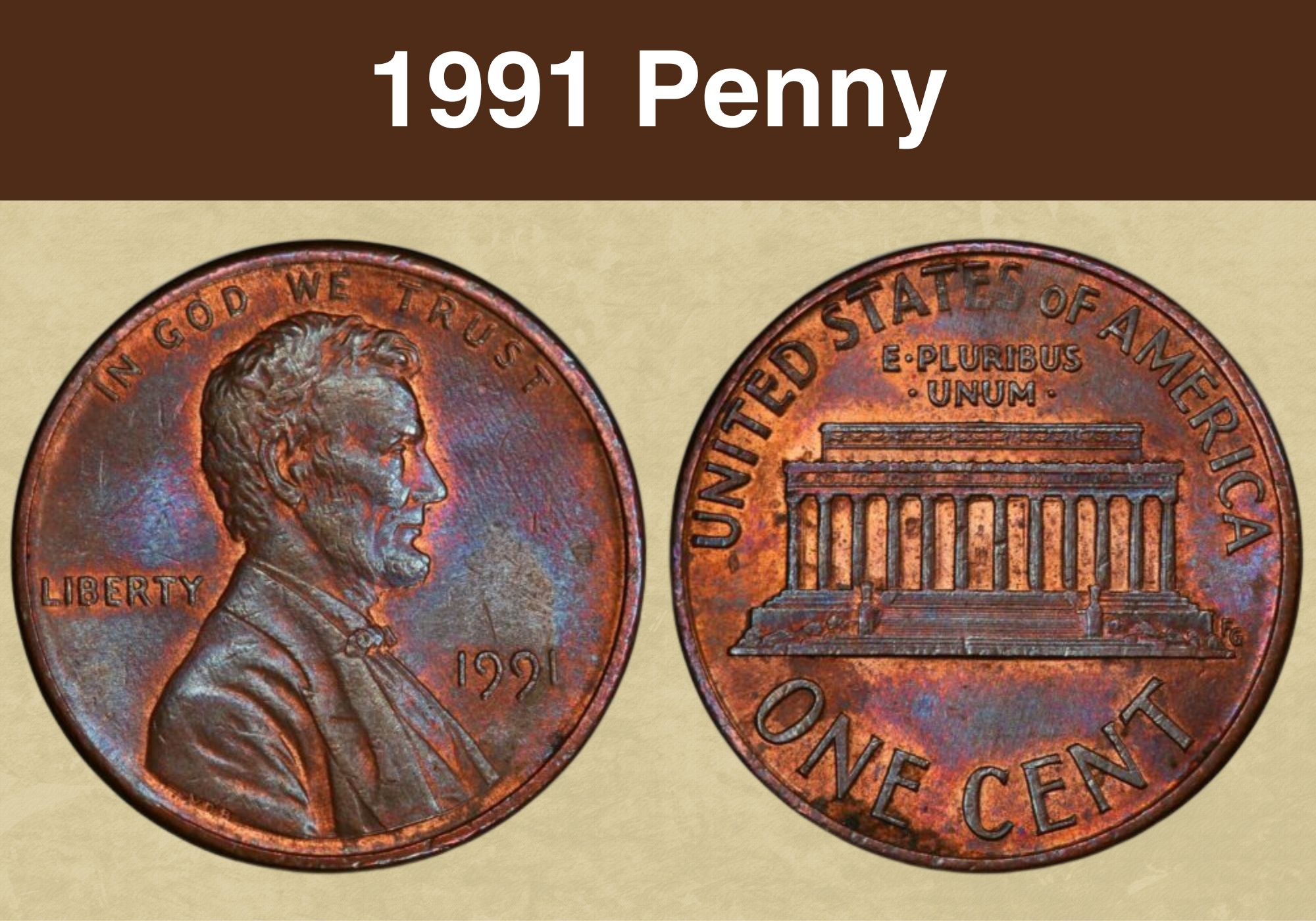
Coin Value Contents Table
Do you own a 1991 Lincoln penny and wonder whether it is an antique coin worth lots of money?
Then this guide is for you!
The 1991 penny value is not as high at the moment because it is still quite modern. It has only been a little over 30 years since the Mint struck this coin!
But, collecting 1991 pennies may pay off in the near future; you know what they say about smart investors—they focus on the long-term returns, which is the case with a coin as modern as the 1991 penny.
This guide will explain everything you need to know about the value of the 1991 Lincoln Memorial penny.
We will explore the coin’s history, unique features, and errors that can fetch hundreds or thousands of dollars.
You will also discover some great tips on grading your 1991 penny and how much your coin is worth today.
So, let’s jump in and find out: Is a 1991 penny worth anything?
1991 Penny Value Chart |
||||
| Mint Mark | Good | Fine | Extremely Fine | Uncirculated |
| 1991 No-Mint Mark Penny Value | $0.05 | $0.05 | $0.05 | $10 |
| 1991Dever Penny Value | $0.05 | $0.05 | $0.05 | $10 |
| 1991(S) Proof Penny Value | – | – | – | $14 |
The History of the 1991 Penny
The 1991 penny belongs to the Lincoln cent series that the United States Mint first struck in 1909 to commemorate Abraham Lincoln, one of our country’s most popular presidents.
The Lincoln penny replaced the Indian Head penny, struck since 1859. President Theodore Roosevelt was instrumental in introducing the Lincoln penny, the first widely-circulated United States coin to depict the image of an actual person.
At Roosevelt’s recommendation, the U.S. Mint hired the independent sculptor Augustus Saint-Gaudens to redesign the four gold coins and the Indian Head cent.
Roosevelt had lamented that the coins’ designs were outdated and U.S. coinage generally needed rebranding.
Saint-Gaudens went to work to redesign the coins but only prepared designs for the gold coins before passing away in 1907 after a long battle with cancer.
With the cent’s design pending, the Mint quickly commissioned another sculptor in 1909, Victor David Brenner, to complete designing the new coin.
The Mint instructed Brenner to design a penny depicting the late President Abraham Lincoln on the obverse in time for Lincoln’s bicentennial birth anniversary.
Brenner’s new coin, the Lincoln cent, featured Lincoln on the heads and two wheat stalks on the tails or reverse. These early Lincoln coins are also known as wheat pennies, a term influenced by the design on the reverse.
An interesting story about the wheat penny is that Brenner initially placed his initials, VDB, at the base of the coin on the reverse.
But, since the public felt that the initials were too prominent and amounted to the designer marketing himself for free on U.S. coinage, the Mint removed the initials. However, a few coins with the VDB initials were already minted.
The Mint restored the initials in 1918, this time on the obverse on Lincoln’s shoulders and in a smaller font. The wheat pennies were first struck in 95% copper, which was changed to zinc-coated steel for a year in 1943.
The coin’s composition returned to 95% copper and remained that way until 1982, when copper became too expensive. As a result, the composition changed to zinc with a copper outer layer.
In 1959, the Lincoln Memorial penny replaced the Lincoln wheat penny. Designed by Frank Gasparro to commemorate Lincoln’s 150th birth anniversary, the new coin features the Lincoln Memorial building on the reverse.
Also read: 12 Most Valuable Lincoln Penny Worth Money
The Features of the 1991 Penny
Let’s now look at the unique features of the 1991 penny. Knowing what to look for can help you identify a Lincoln penny worth money.
The Obverse of the 1991 Penny
Abraham Lincoln’s right-facing portrait takes up most of the obverse surface area. He is dressed in a tuxedo suit accessorized with a bowtie.
The words IN GOD WE TRUST appear at the top along the edge.
On the left surface, behind Lincoln’s back, you will see the word LIBERTY, while the year date appears on the left in front of the president’s portrait.
The Reverse of the 1991 Penny
The reverse of the 1991 penny is a bit more detailed. The Lincoln Memorial building is the most prominent feature here.
A closer look will reveal Abraham Lincoln’s seated statute inside the building. Notice the details, such as the pillars and stairs leading up to the building.
Our country’s name appears boldly at the top, followed by the motto E PLURIBUS UNUM, which means “in one many.”
The coin’s denomination, ONE CENT, appears boldly at the base along the edge.
Other Features of the 1991 Penny
The 1991 Lincoln penny is made of Copper-plated Zinc and spots a plain edge.
It measures 19 milimeters in diameter and weighs 2.50 grams.
This coin comes in three color variations depending on the extent of circulation. These are Brown, red, and brown-red. Red pennies are the least circulated and usually the most valuable compared to the most circulated brown or red-brown pennies.
All three mints—the Philadelphia, San Francisco, and Denver—struck Lincoln pennies in 1991. But only the Denver coins have a mint mark, D, on the obverse.
As per tradition, the Philadelphia Lincoln pennies have no mint mark, as do the proof pennies struck in San Francisco.
Also read: 13 Most Valuable Wheat Penny Worth Money
1991 Penny Grading
When grading 1991 Lincoln Memorial cents, the main attribute to look for is wear (or lack of). Ideally, focusing on collecting pennies in mint state would be best.
Even with uncirculated coins, you want to check the high points, such as the beard, hair, and lower shoulder, for signs of wear.
It is common for some Lincoln pennies to appear glossy and mark-free, but upon closer look using a jeweller’s loupe, the contact marks become visible.
When grading a 1991 Lincoln penny, check that the details are fully struck for it to attain grade MS67 and above.
In addition, to wear, grading the 1991 Lincoln coin also entails checking the color. The three color variations are brown, red-brown and red, with red being the most sought-after toning as it shows limited to no-circulation.
| # | Grade |
|---|---|
| 1 | Basal State-1 |
| 2 | Fair |
| 3 | Very Fair |
| 4, 5, 6 | Good |
| 7, 8, 10 | Very Good |
| 12, 15 | Fine |
| 20, 30 | Very Fine |
| 40 | Extremely Fine |
| 50 | About Uncirculated |
| 60 | Mint State |
| 65 | Mint State |
| 70 | Mint State |
Please check our grading guides to know your coin scale, It’s the necessary step to know the exact value of your coin.
Check out now: How to Grade Lincoln Wheat Penny?
1991 Penny Value Guides
So, how much is a 199 penny worth?
The value of your Lincoln penny will depend on several factors. These include the coin’s colour, condition, rarity, mint mark and errors.
There are three varieties of the 1991 penny whose value we will explore below. The three include the following:
- 1991 No-Mint Mark Penny
- 1991 D Penny
- 1991-S Proof Penny
Let’s take a look at each.
1991 No-Mint Mark Penny Value
Lincoln coins are some of the most populous in U.S. coinage history.
In 1991, the Philadelphia Mint struck a whopping 5,165,940,000 pennies; that’s a whole lot of coins, making these coins plentiful, common and easy to find.
Because the 1991 penny is abundant on the rarity scale, these coins are only worth more or less their face value. Even uncirculated coins in mint state are common and quite inexpensive.
Circulated 1991 no-mint mark pennies are worth between $0.05 and $0.10. You can equally easily afford 1991 Lincoln pennies in mint state.
With just $15, you can get your hands on one graded MS66 and for $34, it is possible to obtain a 1991 no-mint mark penny in gem state or grade MS67 and above.
The most valuable 1991 no-mint mark penny was sold for $1,116 at a 2017 Heritage Auctions.
1991 D Penny Value
The Denver mint also recorded a high mintage, producing an estimated 4,158,442,076 Lincoln pennies in 1991.
Like those struck in Philadelphia, these coins are plentiful in the market, making them affordable even for the newbie collector.
A 1991-D penny is worth between $0.05 and $0.10 in circulated condition. Uncirculated pennies are also very affordable, with one graded MS67 priced at $7.50.
Red 199-D Lincoln pennies are slightly more valuable but still will not fetch a fortune. Gem examples are rare, though, making them slightly more valuable. One graded MS68 will fetch up to $125, while one graded MS67 is worth about $7.50.
1991-S Proof Penny Value
In addition to business strike pennies, the Mint also struck proof coins. In particular, the mint in San Francisco produced about 2,800,000 proof Lincoln Memorial pennies in 1991.
Proof coins are struck using superior dies, resulting in a visually attractive, well-struck coin. Proof coins will typically feature frosted details, shiny surfaces, and few, if any, contact marks.
The 1991-proof coins are relatively affordable due to their high population; they are common and can easily be found in hoarded rolls.
You can obtain a proof Lincoln penny from 1991 graded PF70 for about $135. For collectors with a small budget, you can get a proof coin graded from PF65 to PF68 for about $2.50 and $11.50.
Also read: 17 Most Valuable Indian Head Penny Worth Money
Rare 1991 Penny Errors List
Although 1991 pennies are not worth a lot, some error coins can be quite valuable.
Errors or flaws are inevitable during minting, resulting in a few odd-looking coins.
When collecting 1991 Lincoln pennies, here are some error coins you can look out for; some are worth hundreds!
1991 Doubled Die Reverse Penny Error
Doubled-die errors are some of the most common flaws on coins.
They occur when the striking die applies the design on the coin more than once but at slightly different angles. This results in a doubling effect visible on the obverse or reverse designs.
When you look at some 1991 Lincoln pennies, you will notice a bit of doubling on the reverse, such as on the words UNITED STATES OF AMERICA and ONE CENT.
Doubling can also appear on the obverse, most notably on the words IN GOD WE TRUST.
A 1991 doubled-die reverse penny error can be quite valuable, fetching up to $50 or more for uncirculated coins in mint condition.
1999 Die Chip Penny Error
A die chip error occurs when a crack or chip on the reverse or obverse die is transferred to the coin.
This can happen if the die used to strike the coin is worn or flawed; sometimes, the chip or crack is quite large, resulting in interesting oddities on the coin.
Some 1999 pennies have die chip errors, noticeable on the reverse. The chip is most common on the right side columns of the Memorial building.
If you happen to own a 1991 penny with a die chip error, you might be able to sell it for up to $100, especially if the coin is in mint state.
1991 Strike Through Penny Error
Strike-through errors are another type of flaw seen in Lincoln pennies.
This error occurs when a foreign object, such as grease, a dust speckle, or minute debris, is caught between the striking die and the coin.
So when the die strikes, the foreign object’s impression is left on the coin.
If the coin is in mint state, a 1991 strike-through penny error will cost as much as $25 or slightly more. This might not seem like much, but it is quite a good deal, given the low value of a regular 1991 Lincoln penny.
Also read: 11 Most Valuable Wheat Penny Errors
Where to Sell Your 1991 penny ?
Now that you know the value of your coins, do you know where to sell those coins online easily? Don’t worry, I’ve compiled a list of these sites, including their introduction, pros, and cons.
Check out now: Best Places To Sell Coins Online (Pros & Cons)
FAQ
What makes a 1991 Lincoln Memorial penny rare?
Close to 10 billion Lincoln Memorial pennies were struck in 1991 alone, so these coins are not rare at all. Although it has been more than 30 years since these pennies were struck, you can easily find them in circulation. The presence of a notable error would make a 1991 Lincoln Memorial penny rare. Check your coins for errors such as doubled-die, re-punched mint mark, and strike-through to identify rare 1991 pennies.
Is a 1991 Lincoln Memorial penny worth collecting?
The 1991 Lincoln Memorial penny is not worth much right now. But it can be an interesting addition if you want to complete your Lincoln Memorial collection. Smart investors take good risks and have a long-term goal; it’s the same with coins such as the 1991 penny, which might be slow now but will peak in the future.
Will the value of a 1991 penny increase?
The 1991 penny will likely increase in value as time goes by. Collectors are more desirous of older coins, which can increase the coin’s value. So, collecting 1991 pennies now may pay off in the future.

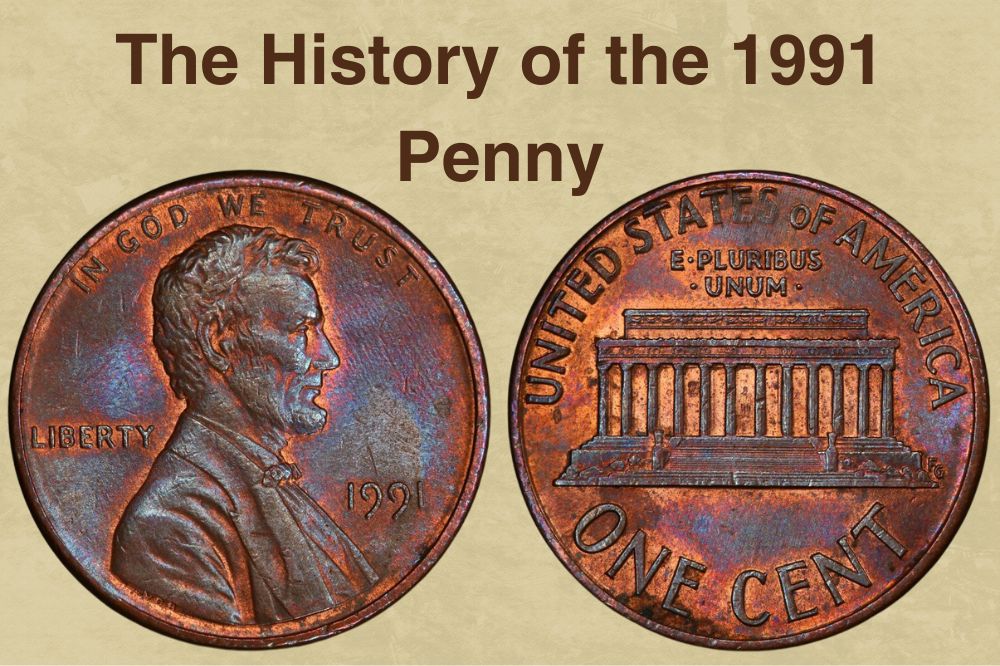
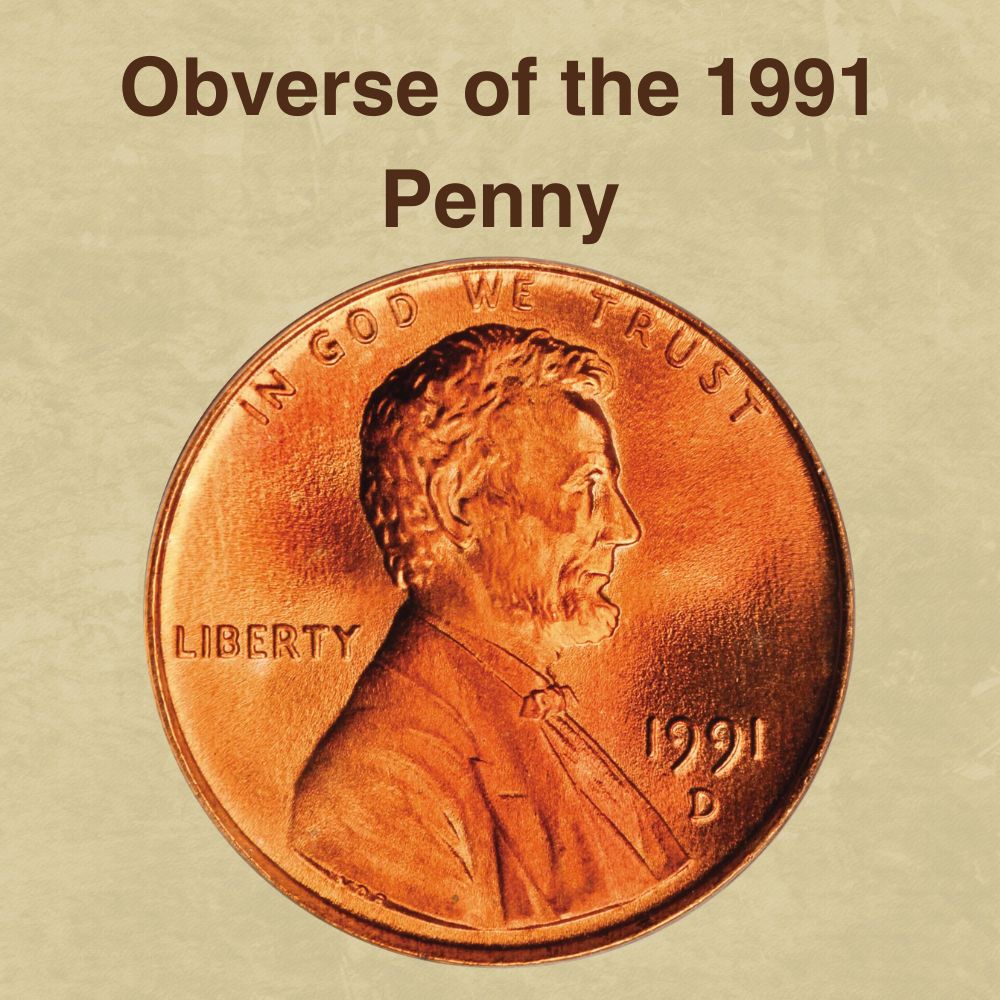
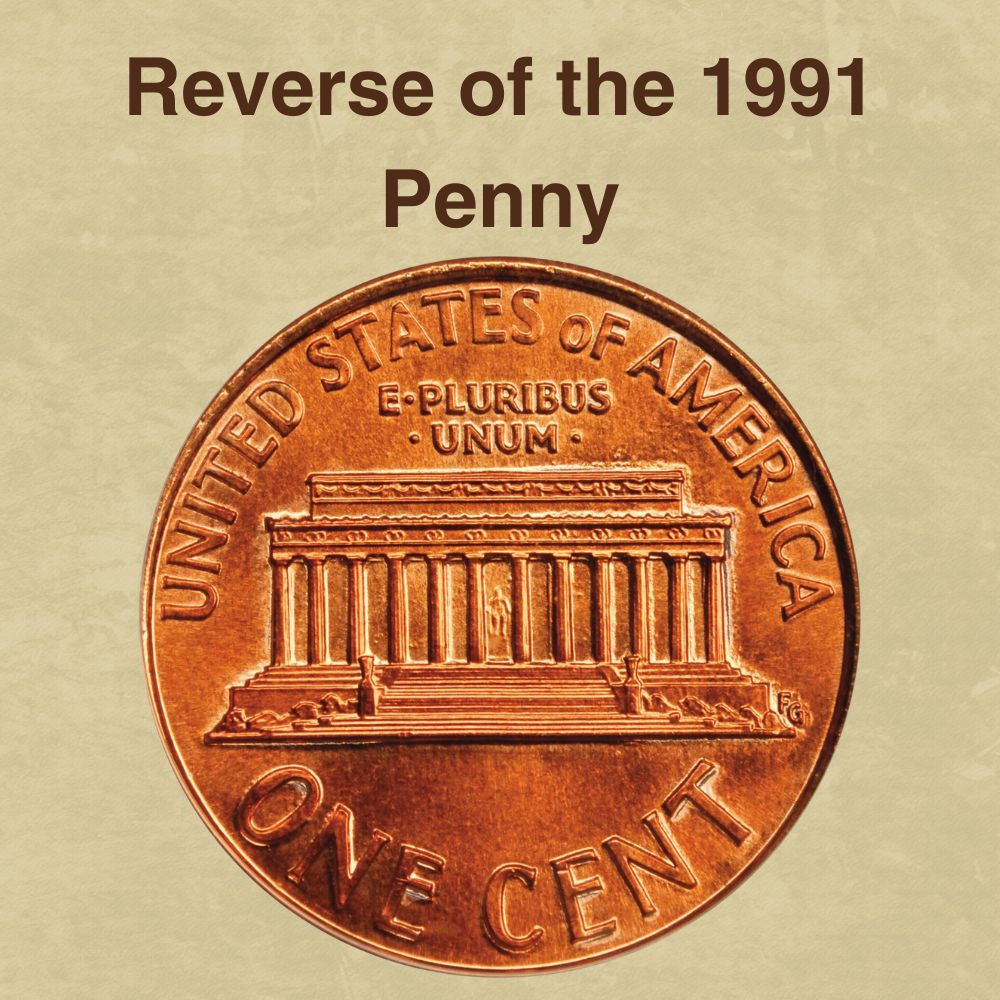
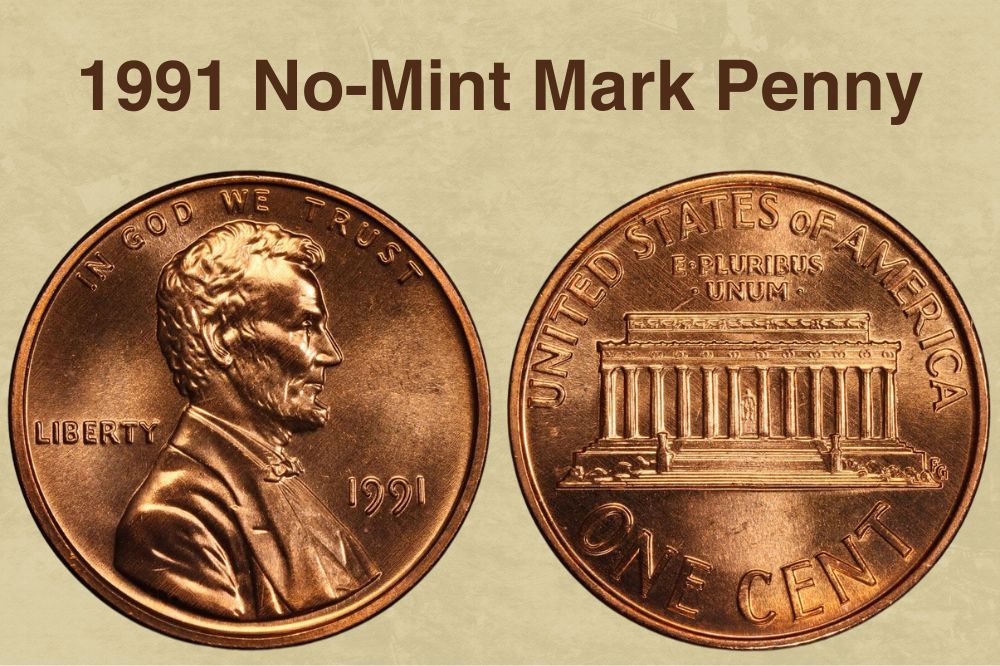
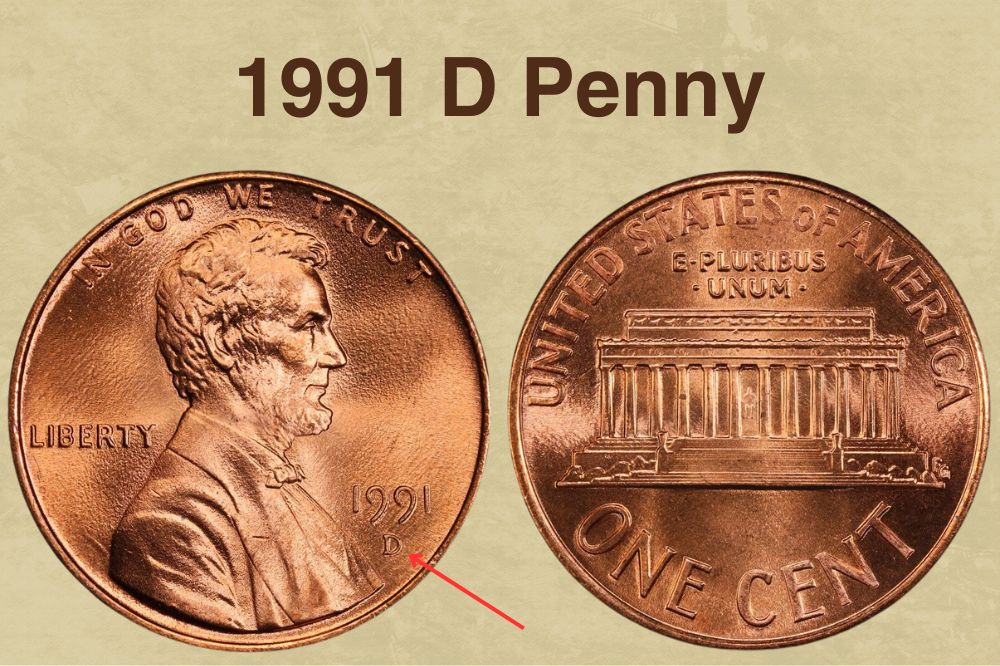
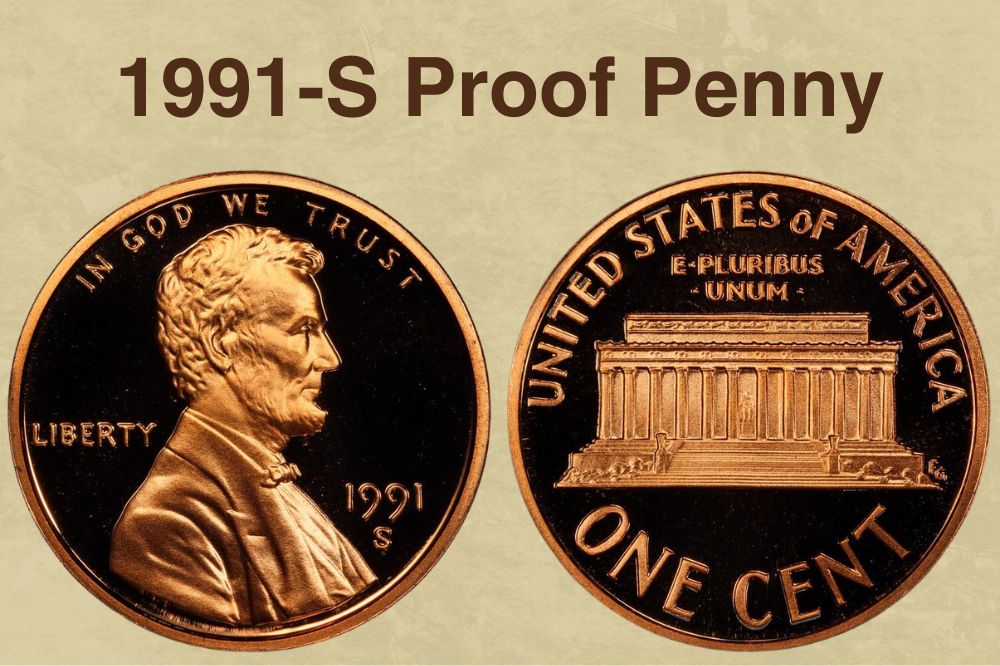
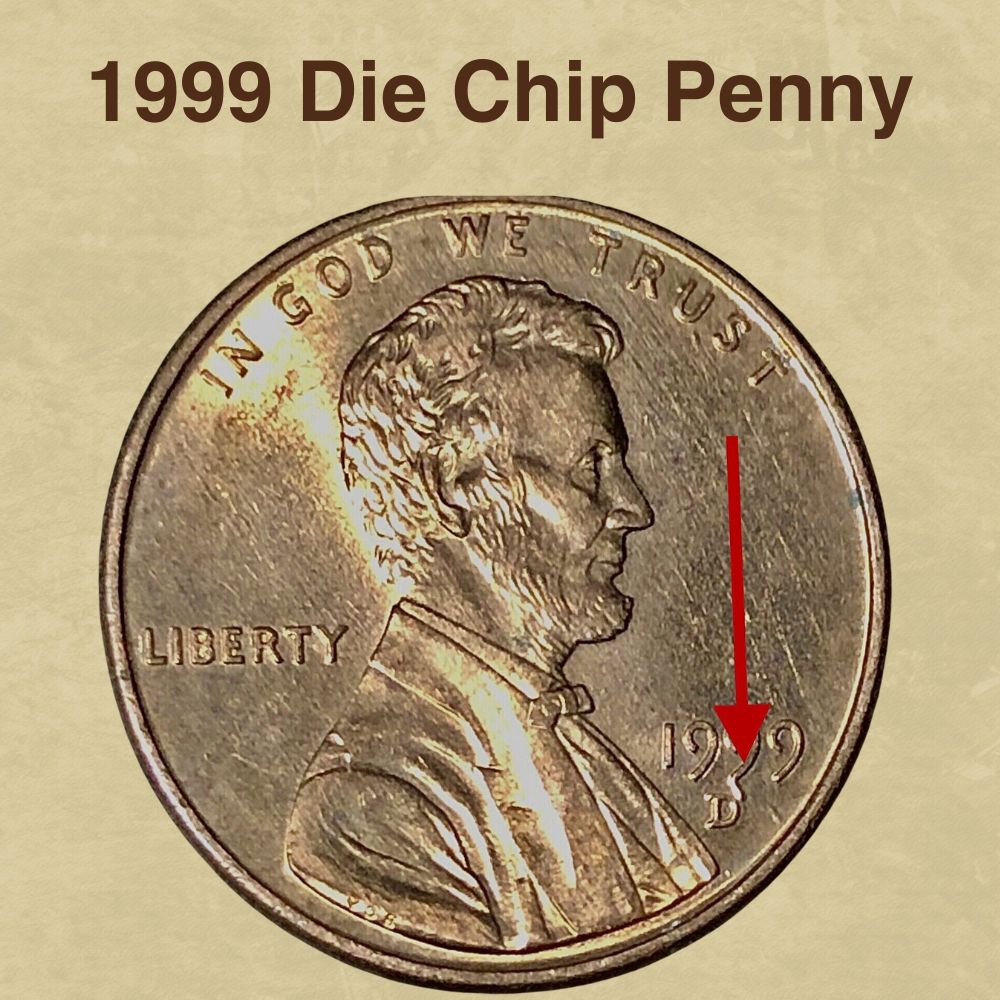
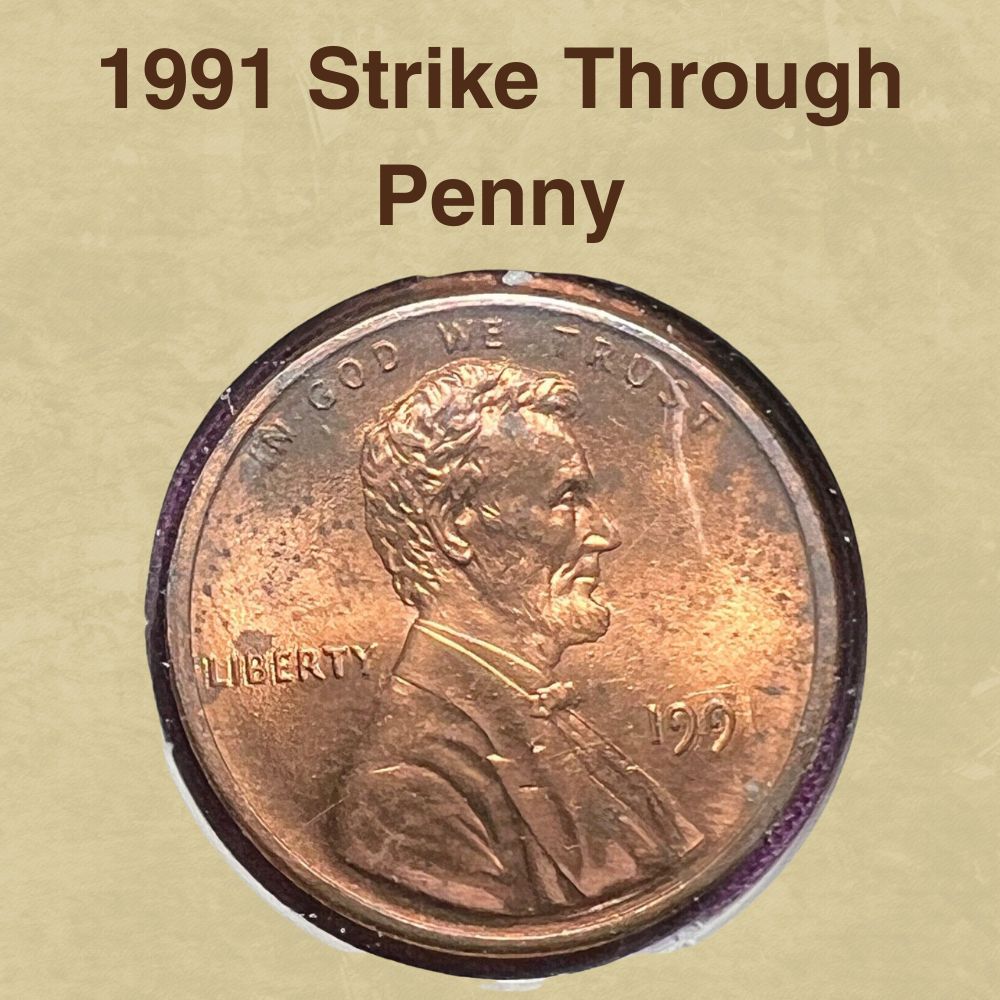
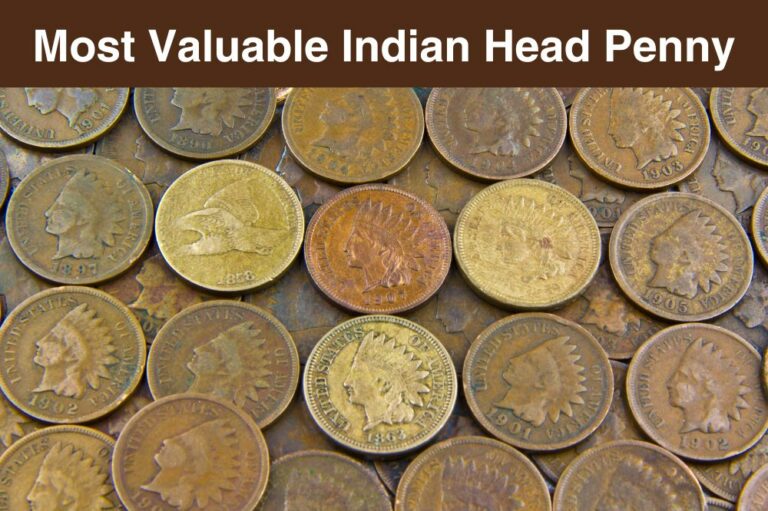
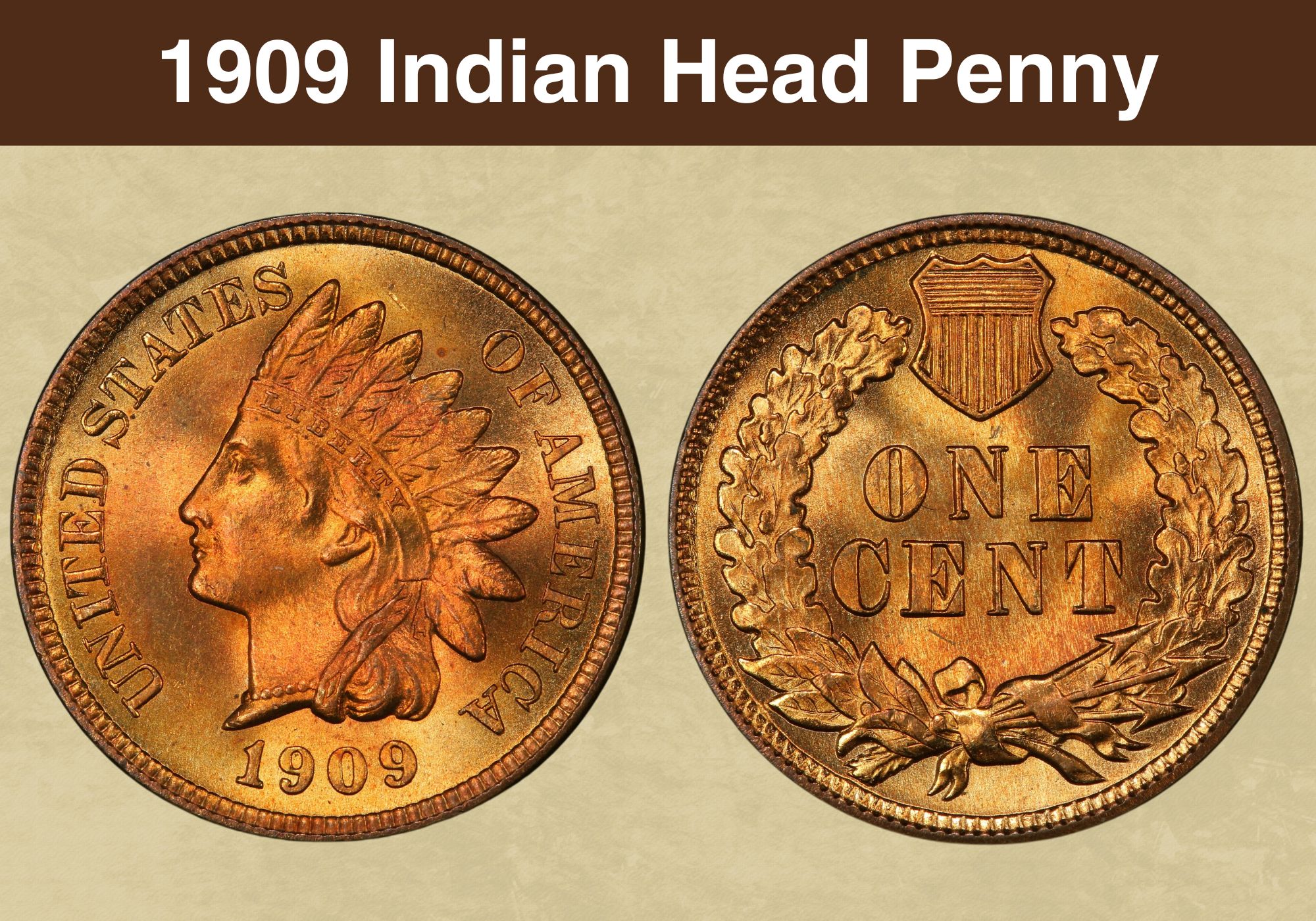
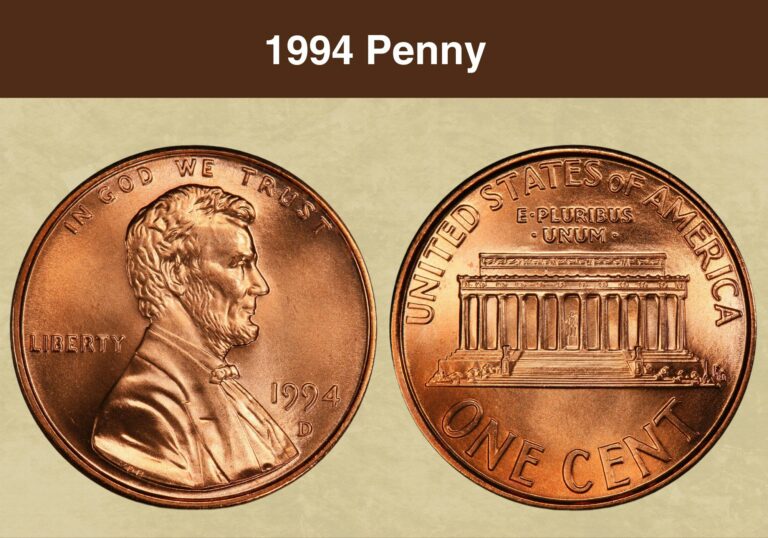
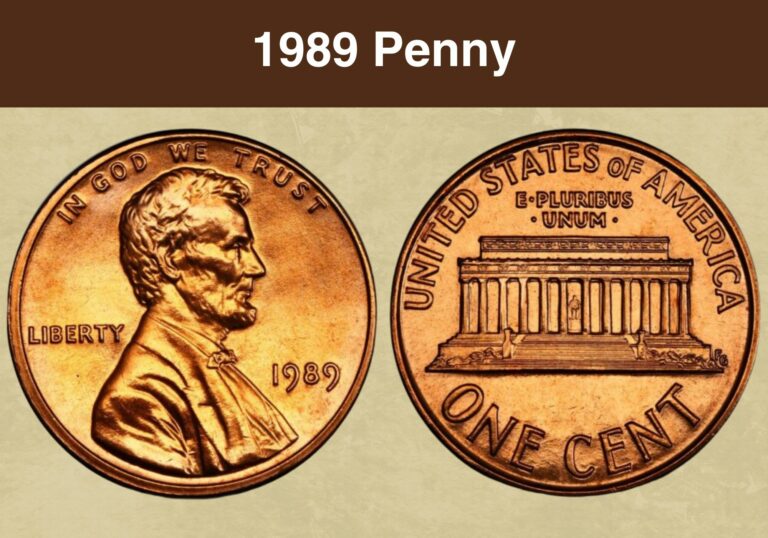
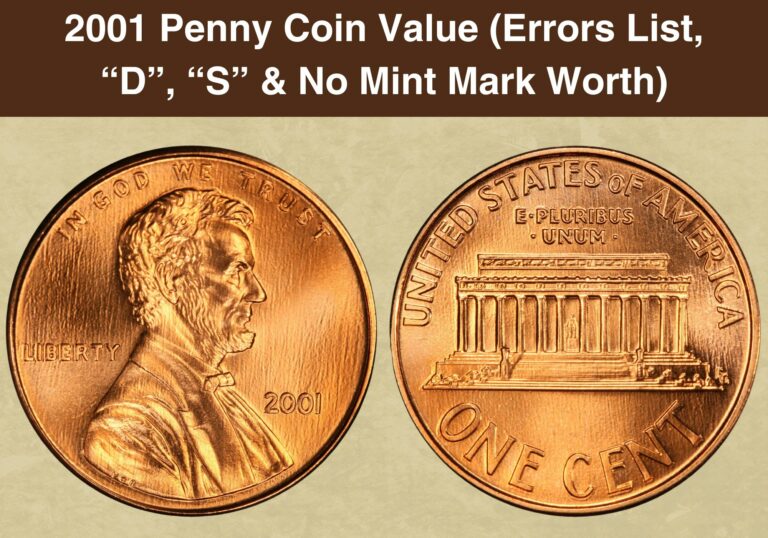
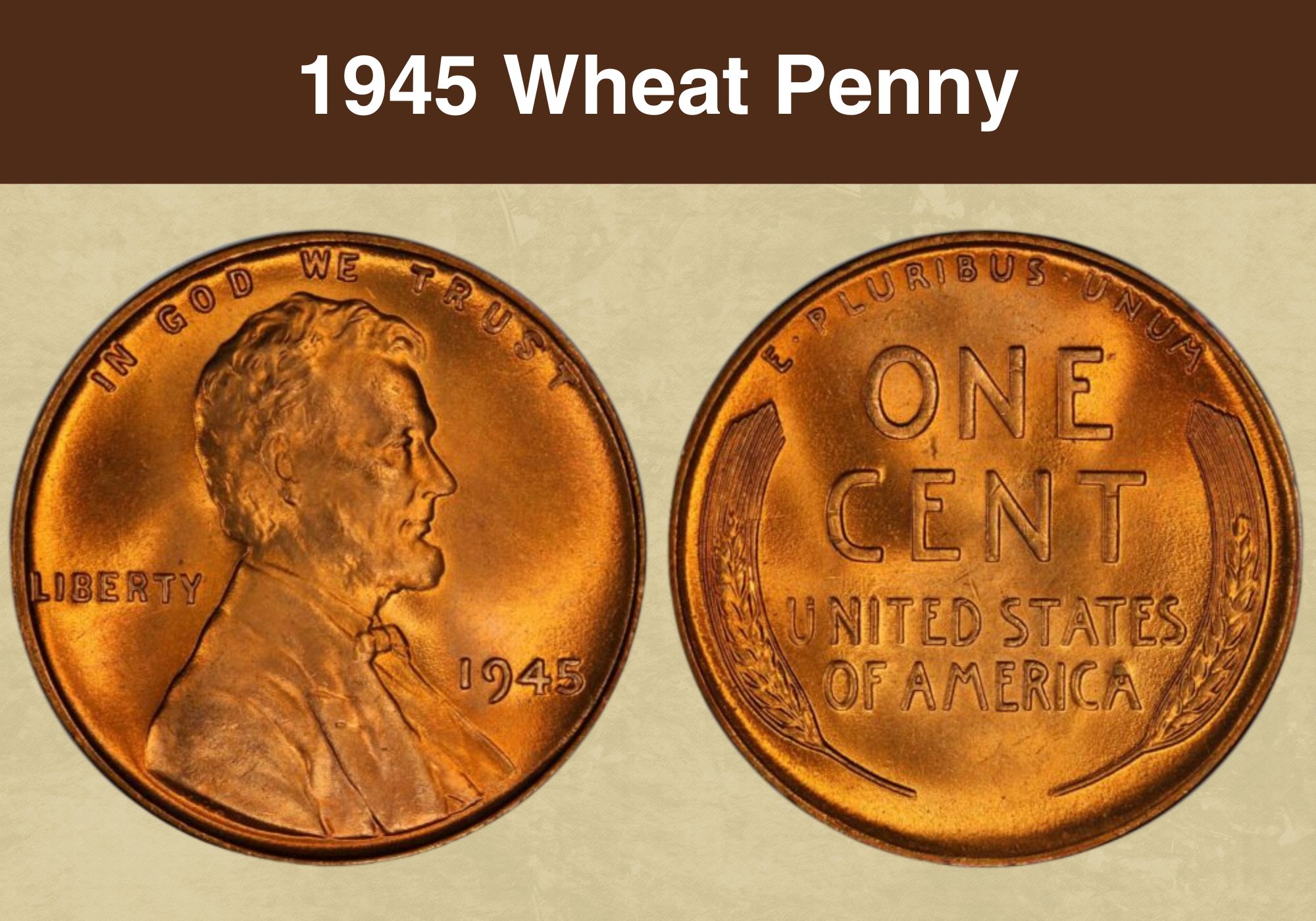
“They occur when the striking die applies the design on the coin more than once but at slightly different angles. ”
A doubled die is a die they has doubling on it. A doubled die will mint a multitude of coins with the same doubling.
You described a “double struck” coin that would be a one of a kind error.